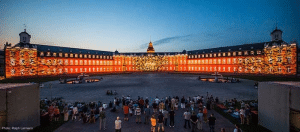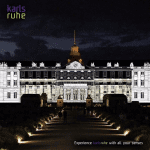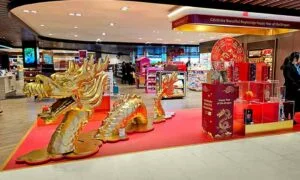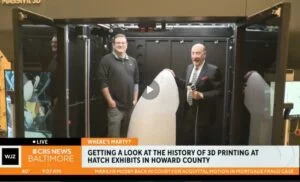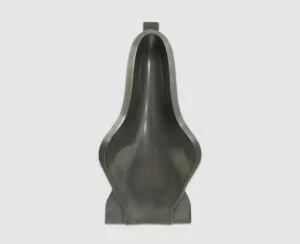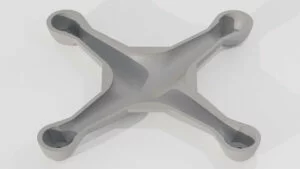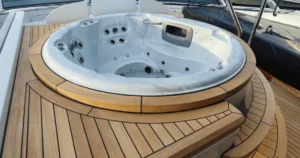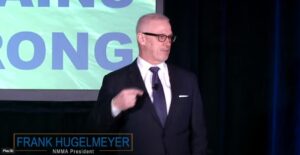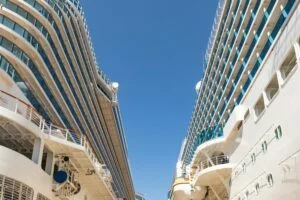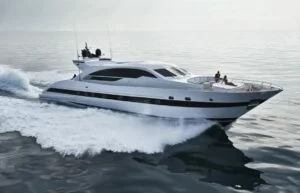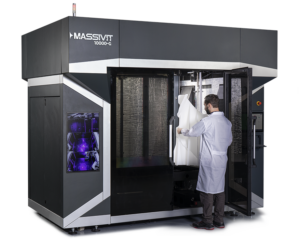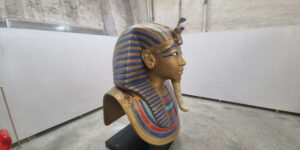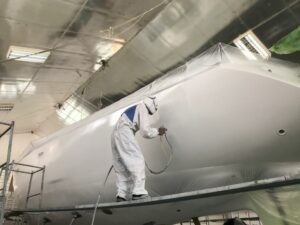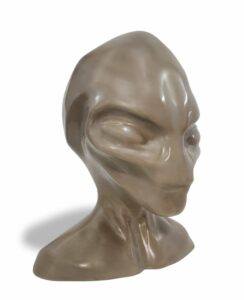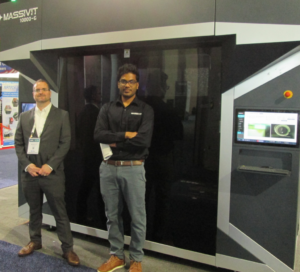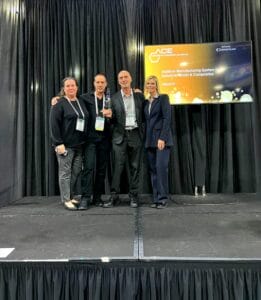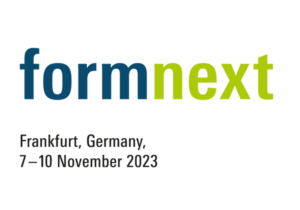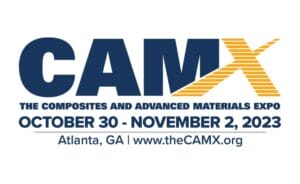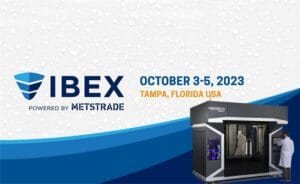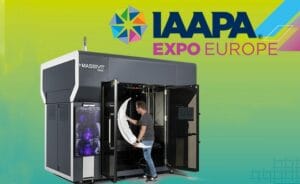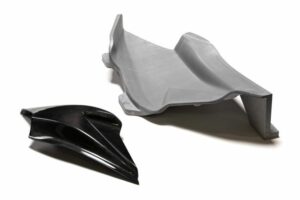Using just a palette of code, he develops life-like digital simulations of moments in time, often dramatic or catastrophic in nature, from which he fabricates visual and 3D-printed sculptures and installations.
Eyal received a request from the ZKM museum in Germany to create an artwork that will be projected during
Schlosslichtspiele 2017 on a huge castle at the city of Karlsruhe, Germany. This request generated his artistic
process, centered around the fragility and beauty of human-life leading him to create ‘Cleansing’.
The Castle Karlsruhe was to represent a personal and global cleansing process. Firstly, with a huge stream of water flooding and erasing the castle and eventually with the castle being reborn, leaving the viewers with the feeling of hope.
The main problem that Eyal faced was how to plan and test his art work on the façade of the castle, without being there physically in Germany nor having the castle ‘available’ for such tests. He had executed computer simulations in the past, but wanted to have a more realistic simulation and perform test runs of the light-show projection. The need was to reproduce the castle as accurately and as big as possibly, but still to fit a studio in Israel.
The solution was to recreate the castle using 3D print and this is where Massivit came in. Eyal needed to 3D print a mini
castle model and turned to the SuperSize 3D team. With their Massivit 1800 they were able to print an exact replica at a
reasonable cost and in no time at all, appropriate for a tool in the process of creating this unique art work.
The 3D castle model sized at 4 meter/157.5 inch by 40 centimeter/15.7 inch was printed on the Massivit 1800 and installed in Eyal’s studio. It took SuperSize two days to print, from the moment they received the STL file. A construction
was attached to the back of the model, so that the artist could easily assemble it on the wall and move it around at ease.
Eyal Gever now uses the printed model intensively to run simulations and renderings for the art creation process in the
comfort of his studio.


